Conflict fuelled by climate change and the Emirates
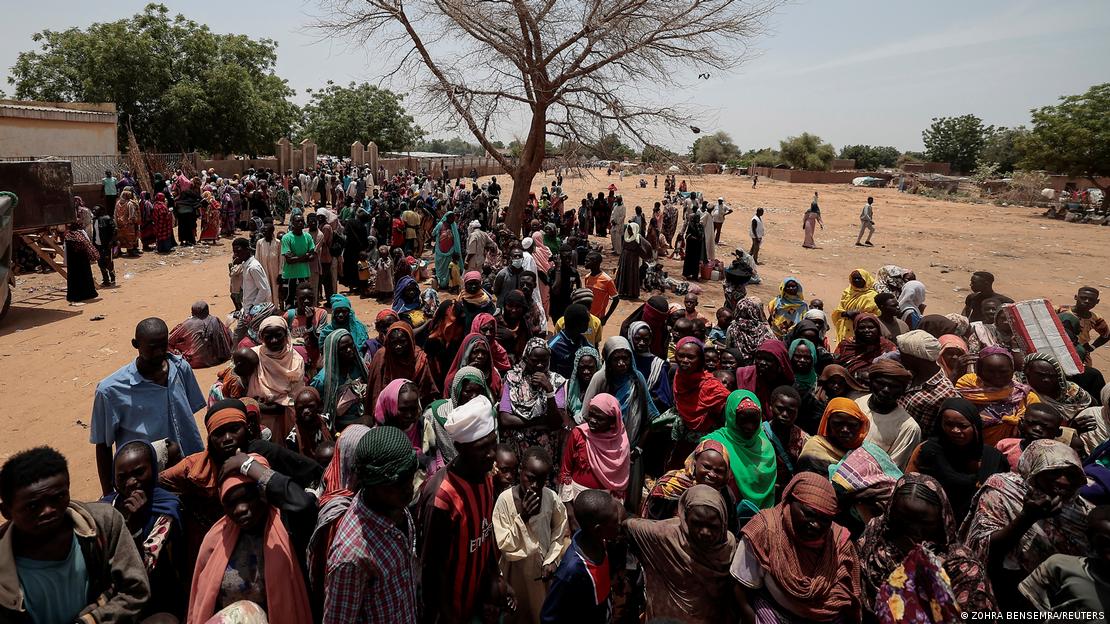
While much of the world remains fixated on the torrent of horrific news from Israel and the Palestinian territories, the appalling war in Sudan is getting next to no media attention. Even in the months before the Hamas terrorist attack of 7 October and the subsequent continual bombardment of the Gaza Strip by the Israel Defense Forces, international coverage of the devastating power struggle between the Sudanese Armed Forces (SAF) and the paramilitary Rapid Support Forces (RSF) was virtually non-existent.
When the office tower of the state-owned Greater Nile Petroleum and Oil Company (GNPOC) at the confluence of the White and Blue Nile went up in flames on 17 September, only a few Western media outlets considered the conflagration newsworthy, although the apocalyptic images of fire engulfing the futuristically designed skyscraper – rather ironically reminiscent of skylines in the Gulf – would have been widely used in most other contexts. The lack of interest in Germany is all the more striking, considering that current public discourse there revolves incessantly around the heated topic of migration, and Sudan is becoming the new centre of a real refugee crisis.
The statistics on the humanitarian situation in Sudan are catastrophic and yet only give a faint idea of the scale of the actual suffering. According to United Nations estimates from early December, since the outbreak of the violent power struggle between the SAF and the RSF on 15 April of this year, nearly seven million people have been displaced – that's over 13 per cent of the population. Some 1.3 million Sudanese citizens have fled abroad, most to Chad, South Sudan and Egypt.
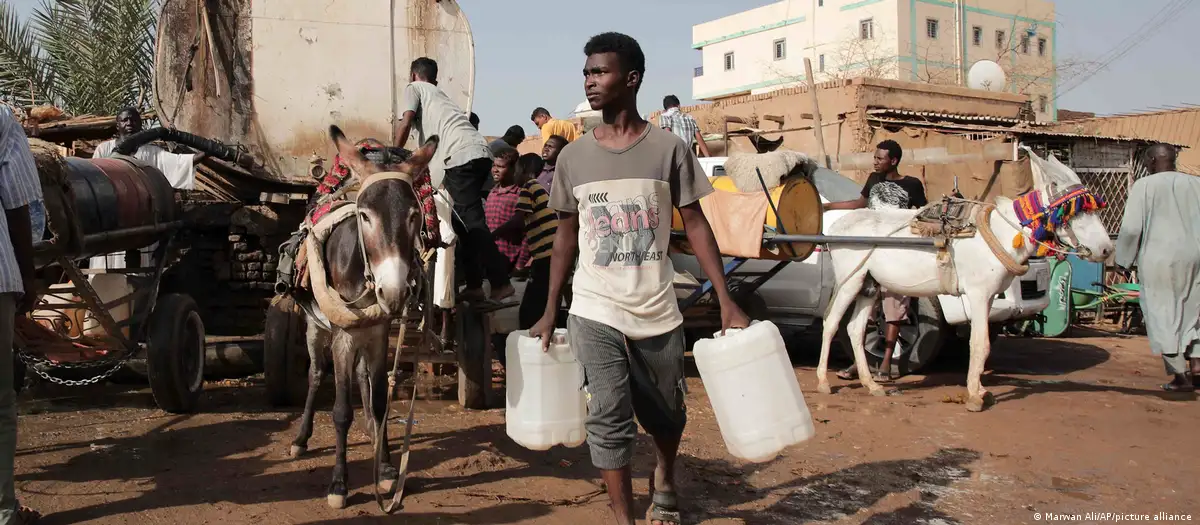
Nearly 200,000 of the internally displaced people were already refugees, primarily from Eritrea and Ethiopia but also from Syria. Half of all displaced persons are minors, making Sudan the country with the highest number of displaced children.
Almost 25 million people – more than half of the population – are considered to be in urgent need of assistance. Nevertheless, only 39 per cent of the US$2.9 billion international aid organisations estimate was needed for 2023 has actually been approved.
Sexualized violence against women and girls has also reached unimaginable levels.
One can only speculate about the number of lives lost in the rivalry between the factions led by army chief Abdel Fattah al-Burhan and RSF leader Mohamed Hamdan Daglo, better known as Hemedti. According to the ACLED research project, over 12,190 people were killed by the end of November.
The potential number of unreported deaths is illustrated by the differing estimates of the number of victims of a massacre committed by RSF fighters in early November in Ardamata, near Geneina, the capital of the West Darfur state. While the United Nations Refugee Agency (UNHCR) puts the number killed at around 800, local sources say the figure is closer to 2,000.
Indeed, when the number of people who have died due to a lack of medical care caused by the war is taken into account, the scale of under-reporting in this conflict is likely to be much higher. The actual number of fatalities could run into the tens of thousands.
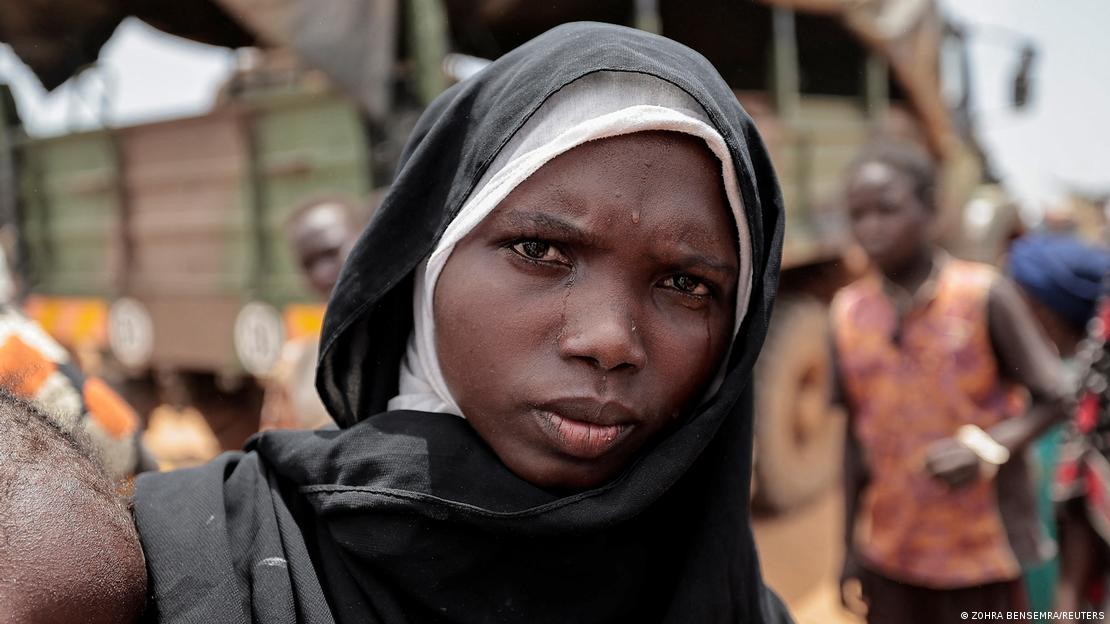
Battle for resources rather than 'tribal conflicts'
The bloodbath in Ardamata, during which the perpetrators mainly targeted members of the Masalit ethnic group, led to increased warnings from human rights organisations such as Amnesty International and Human Rights Watch that systematic, "ethnically motivated" war crimes were being committed against the Masalit. Indeed, the patterns of the massacres resemble those of the first Darfur War, which began in 2003 with a rebellion against the then regime of General Omar al-Bashir.
At the time, the long-time dictator outsourced a brutal counter-insurgency on the cheap to the Janjaweed militias. It was from these militias that Hemedti and his RSF eventually emerged. However, the all-too-common labelling of the war as "ethnic violence" between nomadic herders and smallholder farmers, racialised into a senseless binary narrative of "Arabs vs. Africans", only obscures the real root causes of the conflict.
Despite all the complexities of the conflict, there is broad consensus among Sudan experts on the theory developed by British peace researcher and Darfur expert Alex de Waal, who says that the historical militarisation of the "political marketplace" since colonial times is the main reason for the escalation of violence in Sudan. The "political marketplace" refers to a patronage and clientelistic system in which political loyalties are sold to the highest bidder, and only those players who have access to weapons and fighters get access to power and resources.
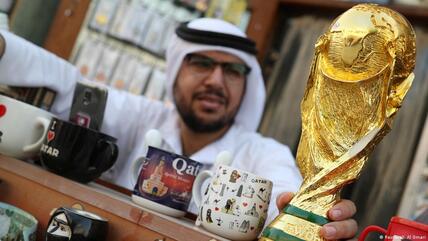
Balancing ethics and economics
Germany needs a strategy when brokering deals with countries like Qatar, Saudi Arabia or the United Arab Emirates that allows it to maintain its own moral compass. By Sebastian Sons
Ideology plays only a minor role
Sudanese Analyst Magdi Elgizouli, who is a fellow at the Rift Valley Institute, emphasises another root cause of the crisis, namely that Sudan's once productive economy, in which the trade networks of the traditional merchant class used to exploit the rural peripheries, has transformed into a militarised and thus destructive labour market.
In this context, many young men have little choice but to work for the SAF or one of the neoliberal mafia-style private armies like the RSF in order to support their families.
Even though Hemedti claims to fight against the Islamist backers of the army and for the marginalised people on the peripheries, ideological motives really don't play much of a role in the conflict.
The background to this disastrous development includes the combination of population growth and the irreparable loss of large swathes of arable land in western Sudan since the major droughts of the 1980s.
While experts caution against reducing the conflict, which has been steadily escalating since then, to the term "climate war" as it would suggest a monocausal explanation for the conflicts, it is undisputed that the climate change triggered by global and local factors in Darfur has fuelled the competition for livelihoods, igniting the war that has now engulfed the entire country.
Gold and mercenaries
Sudan analysts unanimously agree that the second major driver of the war alongside climate change is – of all places – the United Arab Emirates (UAE), the state that recently hosted the UN Climate Conference COP 28 and invoked the "principles of collaboration, optimism, and true partnership" on the world stage.
Hemedti's family business accrued immense wealth thanks to the surge in gold prices after the international financial crisis of 2009: as the armed wing of Hemedti's comercial enterprises, the RSF assumed control over the extraction of this precious metal in Darfur and its smuggling to Dubai, which assumed the monopoly as the buyer.
Meanwhile, the RSF expanded its business to include protection rackets, drug trafficking, usurious loans and car theft. After the outbreak of war in Yemen in 2014, even more petrodollars poured in because Hemedti recruited thousands of young mercenaries for the then anti-Houthi alliance of Saudi Arabia and the UAE.
It is a bitter irony of history that it was effectively the de-escalation of the fighting in Yemen following the rapprochement between Saudi Arabia and Iran that fuelled the conflict in Sudan. Magdi Elgizouli argues that Hemedti needed new jobs for the RSF returnees and for the expansion of his business empire. His only remaining option was to take over the Sudanese state.
While Saudi Arabia and its proxy Egypt support the SAF as a supposedly legitimate institution, the rulers in Abu Dhabi value Hemedti as a flexible, transactional partner – in contrast to the cumbersome state bureaucracy of Sudan – in their desire to become a political and military heavyweight in the region.
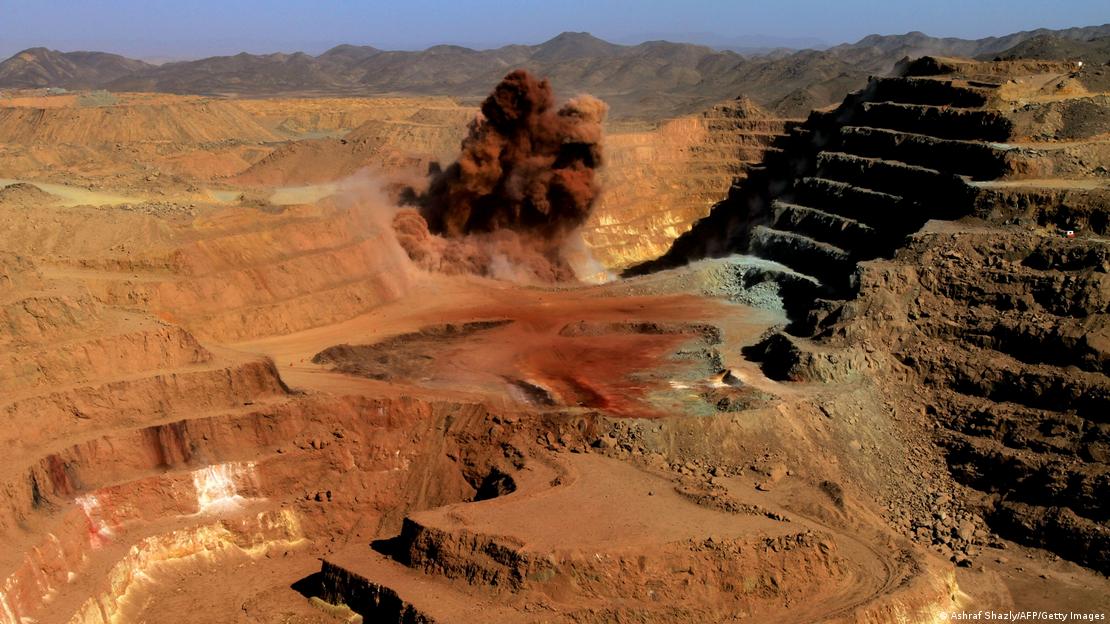
Situation in Sudan resembles that in Libya
Nobody seriously disputes that it is first and foremost the UAE that has kept arms, ammunition, money and fuel flowing to their RSF allies. And it is clear that these lethal logistics have mainly centred on a base in north-eastern Chad, as recently reported by The New York Times, citing US intelligence services. Independent experts in Open Source Intelligence (OSINT) have counted almost 200 cargo flights from Abu Dhabi to the remote location of Amdjarass in Chad since May.
Nevertheless, the Biden administration continues to consider the UAE as a "vital U.S. partner for political stability and economic progress in the Middle East", once again demonstrating that strategists in Washington give the Emiratis a free hand.
The same applies to Germany, for which the UAE is the most important trading partner in the region. In late 2022, German Chancellor Olaf Scholz and UAE President Mohamad bin Zayed Al Nahyan announced the revitalisation of a Strategic Partnership agreed in 2004.
By mid-December 2023, the SAF and the RSF had more or less reached a military stalemate: while the RSF controlled most of western Sudan and almost all of the capital, Khartoum, the army controlled the rest of the country. As a result, it seemed likely that Sudan was heading for a scenario similar to that in Libya, where two permanently rivalling centres of power are vying for control. In the case of Sudan, this would mean the RSF in Khartoum and Burhan's junta in Port Sudan.
On 20 December, however, the RSF conquered Wad Medani, Sudan's second-largest city, some 130 km south east of Khartoum. Hundreds of thousands of displaced people who had been sheltering there now tried to flee further eastwards. The RSF has vowed to march on Port Sudan, the de facto capital of Burhan's junta. Although his army has consumed the lion's share of the state's budget and dominated large parts of the economy for decades, it is hopelessly outmatched on the battlefield by the mobile militiamen.
Germany's role in the militarisation of Sudan
Germany's unfortunate role in the collapse of the Sudanese state and the forced displacement of millions of Sudanese is grimly illustrated by countless TikTok videos in which young RSF fighters pose with Heckler & Koch G3 assault rifles. Although most of those guns seem to have been manufactured under licence in Portugal and have reached Sudan via Yemen, it was the old Federal Republic that introduced these automatic arms en masse to Sudan during the Cold War, thereby significantly contributing to the country's militarisation.
And it is not just long-gone history: there are also videos of both RSF fighters and army chief Burhan himself wielding the Heckler & Koch G36 rifle, the modern successor of the G3. The RSF apparently got them from Jordanian stocks, whereas the ones used by the army may have been produced under licence in Saudi Arabia.
Although the German government must be aware of these blatant violations of the end-use certificates of these weapons, there appear to be no efforts by Germany's "value-driven diplomacy" to investigate these illegal arms transfers. The German government should not, therefore, wonder about the causes of migration if the number of displaced Sudanese crossing the Mediterranean in search of refuge in Europe increases dramatically.
Roman Deckert
© Qantara.de 2023
Roman Deckert has worked in and on projects related to Sudan since 1997. He is a senior researcher at the Berlin-based NGO Media in Cooperation and Transition (MiCT).
This article is a translation from the German-language original and was updated to include recent developments (RSF taking Wad Medani).